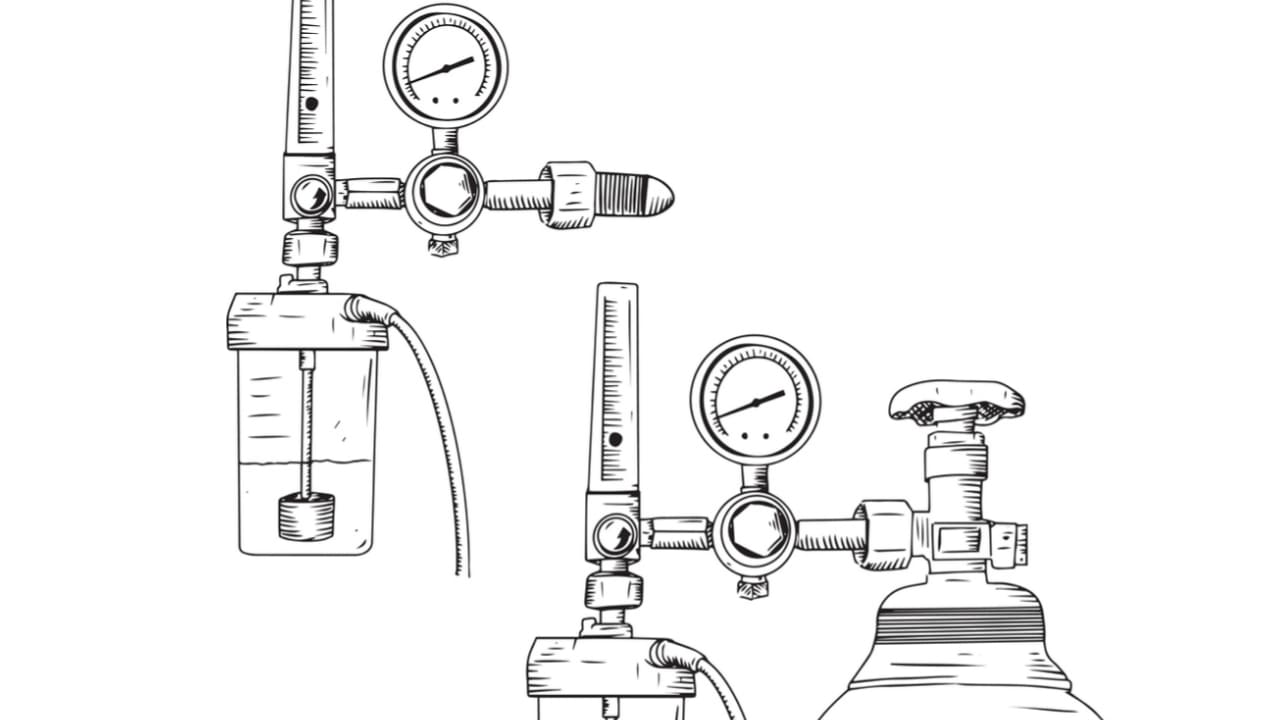There are some important medical devices which are required for sterilization but not possible through heat sterilization due to damage to the materials. In such cases, gaseous sterilization is required. Like Plastic syringes, blood transfusion apparatus, plastic pipettes, Petri dishes etc. The main gaseous agents are used for sterilization are ethylene oxide, formaldehyde, beta-propiolactone etc. They act on the principle of denaturing proteins and DNA by cross linking functional groups. But this method has some disadvantages.
Table of Contents
Disadvantages of gaseous sterilization
- Gas can be hazardous to people.
- They were often highly explosive.
- Some time gases are extremely poisonous.
- They are potentially carcinogenic.
Factors affecting gaseous sterilization
- The efficiency of the sterilization method is influenced by the concentration of ethylene oxide.
- The humidity of the sterilizing atmosphere.
- The temperature of sterilization.
- Time of exposure.
- Physical nature and permeability of the load.
- Atmospheric preconditioning of the load before sterilization.
Formaldehyde (HCHO)
This gas is generated by heating a concentrated solution of formaldehyde in an aqueous solution is known as formalin and contains 37 to 40% formaldehyde. Vapourisation of formaldehyde, either from formalin or paraformaldehyde, is used to sterilize an enclosed area, Formaldehyde gas is generated by adding 150 gm of KMnO4 to 280 ml formalin for every 1,000 cu.ft. of room volume. After the start of the generation of formaldehyde vapour, the doors should be sealed and left unopened for 48 hours. About 70% relative humidity and 22°C temperature give the best sterilization results.
Formaldehyde is an extremely reactive chemical, It combines readily with vital organic nitrogen compounds such as proteins and nucleic acids. It is a bactericidal agent with poor penetrating power. It kills both vegetative cells and spores. Formaldehyde in gaseous form can be used for disinfection and sterilization of enclosed areas such as operation theatres, hospital rooms, aseptic areas and microbiology laboratories.
ß-Propiolactone (BPL)
It is capable of killing all microorganisms and is very active against viruses, BPL vapour is approximately 25 times more active as a disinfectant than formaldehyde gas, about 4000 times more active than ethylene oxide and about 50,000 times more active than methyl bromide, It is a highly bactericidal and used in concentrations of 2 to 5 mg/litre. It has a low recommendation for use in pharmaceutical applications.
Ethylene oxide
It is a colourless liquid with a boiling point of 10.8°C., It is highly inflammable and may be explosive when mixed with air in concentrations greater than 3%. Its mixture with carbon dioxide or fluorinated hydrocarbons (freons) in certain proportions makes ethylene oxide non-inflammable. The carbon dioxide and the freons act as inert diluents which prevent flammability, Effect of ethylene oxide as a sterilizing agent depends on the concentration of gas, temperature, moisture, time, conditions and accessibility of the microorganism. The concentration and time relationship commonly used for sterilization is given in Table 1.1.
Table 1.1: Concentration and time relationship of ethylene dioxide as a sterilizing agents
| Concentration (mg/lit) | Exposure time (hrs.) |
| 44 | 24 |
| 88 | 10 |
| 442 | 4 |
| 884 | 2 |
The action of ethylene oxide is due to its power of alkylating the amino, carboxyl, hydroxyl and sulphydryl groups in the enzymes and protein molecule. It reacts with DNA and RNA, In this reaction, the ring in the ethylene oxide molecule splits and attaches itself where the hydrogen is present.
Ethylene oxide is a powerful sterilizing agent for heat and moisture sensitive materials. It can be used for sterilization of medical and biological preparations, catgut, plastic types of equipment, antibiotics, plaster bandages, culture media, hospital bedding, foodstuff, heavy equipment, books, clothing and soil.
Applications of Gaseous Sterilization
- This method is used for sterilizing thermolabile substances like hormones, proteins, various heat sensitive drugs etc.
Make sure you also check our other amazing Article on : Chemical Methods Of Sterilization
